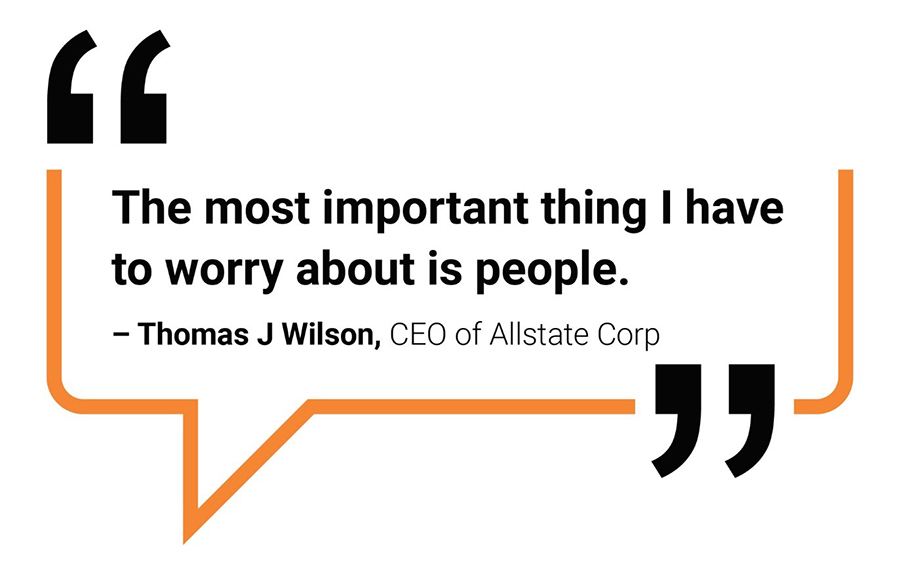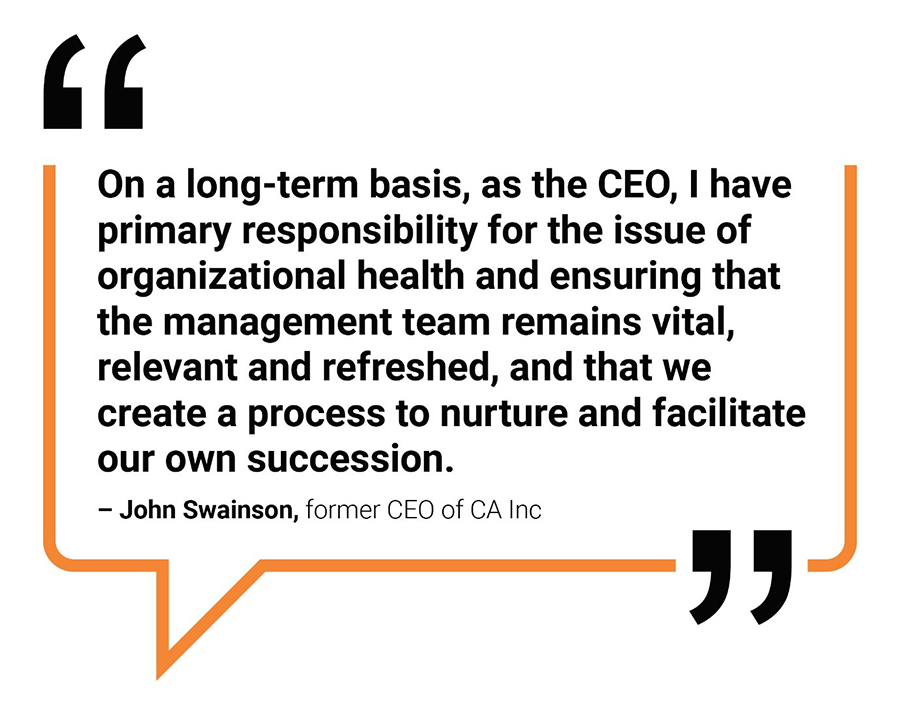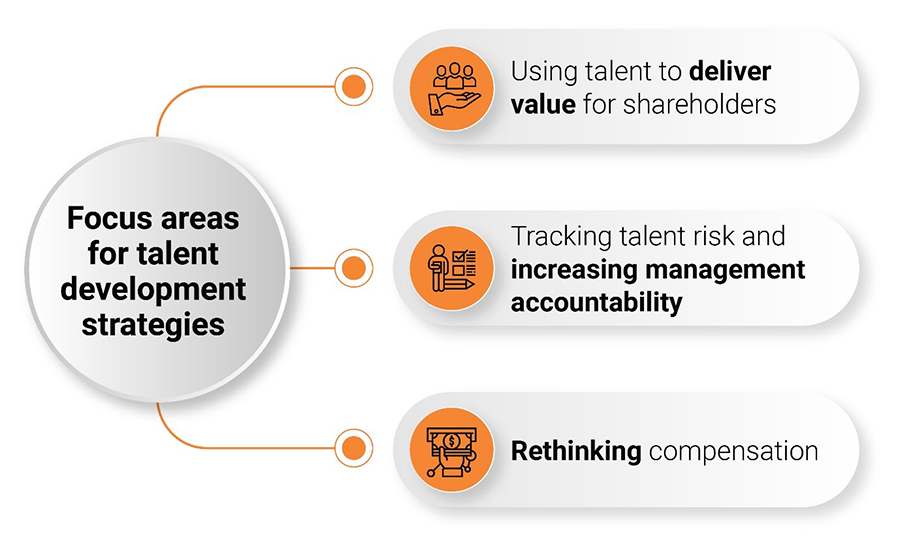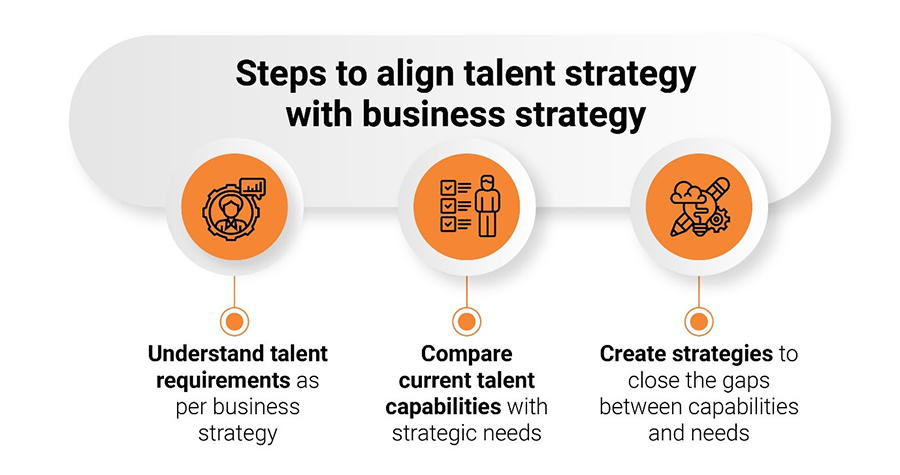
That talent is critical for the modern organization is not in dispute. If a company is to thrive, it is essential to align the talent strategies with those for business. And this alignment is not a one-time matter, but in fact needs constant calibration in line with regular strategic shifts coming from ongoing disinvestments, digital transformation, M&A, and other events.
In truth, though, how well aligned are enterprise talent processes in support of the business direction? Sample the following:

Clearly, there is much to address. And it is important to involve executives when it comes to creating effective strategies and practices to for recruitment, onboarding, development, and retention of talent.
When it comes to the human capital strategy, it is too big to be left to HR alone, and top executives must be involved. This is happening in practice, as seen in the results of a survey by the Economist Intelligence Unit:
Executives and business heads drive the effectiveness of the talent management strategy of an organization. The HR team itself consults on, manages, and owns the tactical execution of talent management processes. However, these very processes are very likely to be underestimated and hence not executed very well by managers if there is no commitment from those at the top. This commitment is vital to keep talent management at the heart of business strategy such that users adopt it and managers are engaged. HR can inform about and make a case for the best systems and workflows but their implementation requires approval from the decision-makers.
CEOs concur on this matter:


Traditionally the domain of HR, talent management strategy only saw intermittent involvement from senior executives. This, though, changed in recent years due to two factors:
Both factors have meant executives must stay on top of integrated talent strategies at their firms, along with plotting their own strategies and owning the associated talent initiatives.
In the matter of managing how organizational strategy and its talent are related, there are several high-stakes questions that senior executives must tackle head on:
Addressing the aforementioned questions requires a deeper involvement and more focus from senior leaders. Moving talent development strategies in the right direction requires a focus on the following themes:

Aligning organizational strategies with integrated talent strategies is critical for senior leaders in an organization. This requires involvement from not just the CEO or CHRO, but also the executive team, business-line leaders, and the board. The actions are seemingly clear and simple, yet uncommon in many organizations, as they are often tripped up by organizational habits and tendencies.
Here are the three steps to align talent strategy with business strategy:

If a company wants its employees to be inspired and motivated to reach and consistently deliver peak performance, the C-suite needs to be actively involved in looking for, hiring, developing, and retaining the best talent. Senior executives must oversee integrated talent strategies, which need proper support from and execution by HR. Delay these actions, and strategy execution at the firm comes under great risk!

CredBadge™ is a proprietary, secure, digital badging platform that provides for seamless authentication and verification of credentials across digital media worldwide.
CredBadge™ powered credentials ensure that professionals can showcase and verify their qualifications and credentials across all digital platforms, and at any time, across the planet.

Please enter the License Number/Unique Credential Code of the certificant. Results will be displayed if the person holds an active credential from TMI.